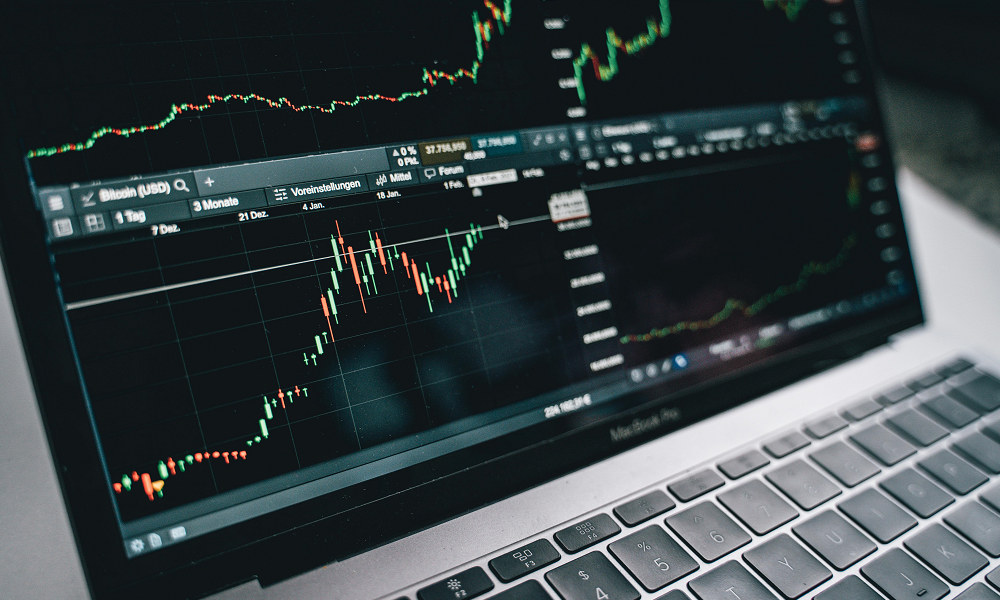Reviews
The Pulse of the Market: Navigating 2025’s Stock Market Trends

The stock market in 2025 has been a wild ride so far, a churning sea of numbers and sentiment that keeps traders glued to their screens. Halfway through the year, it’s clear that this isn’t just another cycle of ups and downs—it’s a year defined by seismic shifts, from technological breakthroughs to geopolitical tensions. For those trying to make sense of it all, the market’s pulse is both exhilarating and unnerving, a reminder of the delicate balance between opportunity and risk.
A Year of Volatility and Opportunity
The first half of 2025 has seen the S&P 500 climb by 8.2%, a respectable gain but one that masks the turbulence beneath the surface. Tech stocks, particularly those tied to artificial intelligence and renewable energy, have been the darlings of the market, with companies like NVIDIA and Tesla posting double-digit gains in Q2. Yet, for every high-flyer, there’s been a sector struggling to keep pace—energy and traditional manufacturing have lagged, battered by fluctuating oil prices and supply chain snarls. The VIX, often called the market’s “fear gauge,” has hovered around 18, signaling a jittery undercurrent despite the broader indices’ steady climb.
What’s driving this? A mix of forces. The Federal Reserve’s cautious approach to interest rates—holding steady at 4.75% after a series of hikes in 2024—has kept investors on edge. Inflation, while cooling to 3.1% year-over-year, still looms large, especially with energy prices spiking intermittently due to Middle Eastern tensions. Add to that the ongoing U.S.-China trade frictions, which have sparked volatility in semiconductor and consumer goods stocks. Meanwhile, retail investors, emboldened by platforms like AvaTrade’s trading platforms, are diving into the market in droves, amplifying both the highs and lows.
The Rise of the Retail Trader
One of the defining stories of 2025 is the continued surge of retail investors. Unlike the meme-stock frenzy of 2021, today’s retail traders are more calculated, leveraging sophisticated tools and data to compete with institutional players. Social trading platforms and mobile apps have democratized access, allowing everyday investors to analyze real-time market sentiment and execute trades with precision. This shift hasn’t gone unnoticed—posts on X highlight a growing community of traders sharing strategies and market takes, with some celebrating gains in biotech ETFs while others lament mistimed short positions on crude oil futures.
But it’s not all smooth sailing. The retail boom has brought scrutiny to the tools and platforms enabling it. Regulators are keeping a close eye on brokers, emphasizing transparency in fees and risk disclosures. The Commodity Futures Trading Commission (CFTC) recently flagged concerns about leveraged CFD trading, noting that 73% of retail accounts lose money in such high-risk instruments. This statistic, echoed across industry reviews, underscores the need for education alongside access. Traders are learning the hard way that volatility cuts both ways.
Sector Spotlight: Where the Action Is
Certain sectors are stealing the show in 2025. Technology remains the market’s backbone, with AI-driven companies leading the charge. The launch of next-generation AI chips has fueled a rally in semiconductor stocks, though supply chain bottlenecks have caused periodic dips. Green energy is another hot spot, with solar and hydrogen companies gaining traction as global demand for sustainable solutions grows. The Invesco Solar ETF, for instance, has climbed 12% year-to-date, reflecting investor optimism about renewable energy’s long-term potential.
On the flip side, traditional energy stocks have been a mixed bag. While Brent crude briefly touched $90 per barrel in April, driven by OPEC+ production cuts, the sector has struggled to maintain momentum. Geopolitical risks, including disruptions in the Red Sea, have kept prices volatile, impacting companies like ExxonMobil. Meanwhile, consumer staples have shown resilience, with firms like Procter & Gamble benefiting from steady demand despite inflationary pressures.
The Global Picture
The U.S. market doesn’t operate in a vacuum. Europe’s STOXX 600 has lagged, up just 4.1% this year, weighed down by sluggish growth in Germany and France. In Asia, Japan’s Nikkei 225 has been a standout, surging 10.3% on the back of a weaker yen and strong export performance. Emerging markets, however, are a tougher read—China’s CSI 300 is flat, grappling with regulatory crackdowns and a property sector slump. For traders, this global patchwork demands a keen eye on macroeconomic indicators, from PMI data to currency fluctuations.

-

 World1 week ago
World1 week agoEthiopian volcano erupts for first time in thousands of years
-

 Health2 days ago
Health2 days ago8 kittens die of H5N1 bird flu in the Netherlands
-

 Legal6 days ago
Legal6 days agoUtah Amber Alert: Jessika Francisco abducted by sex offender in Ogden
-

 US News6 days ago
US News6 days agoExplosion destroys home in Oakland, Maine; at least 1 injured
-

 Health6 days ago
Health6 days agoMexico’s September human bird flu case confirmed as H5N2
-

 Legal3 days ago
Legal3 days ago15 people shot, 4 killed, at birthday party in Stockton, California
-

 World7 days ago
World7 days agoWoman killed, man seriously injured in shark attack on Australia’s NSW coast
-

 Health5 days ago
Health5 days agoMarburg outbreak in Ethiopia rises to 12 cases and 8 deaths




